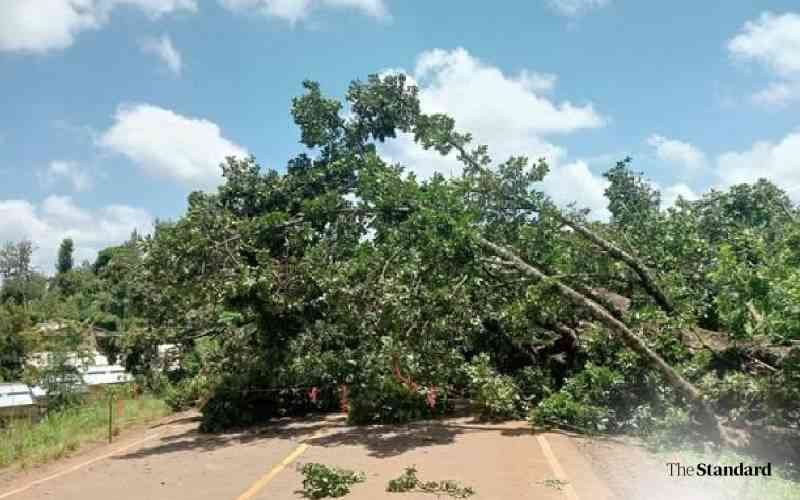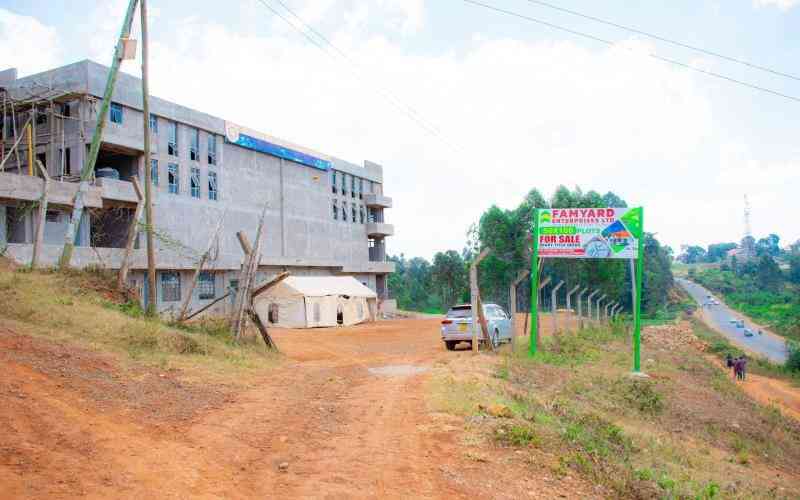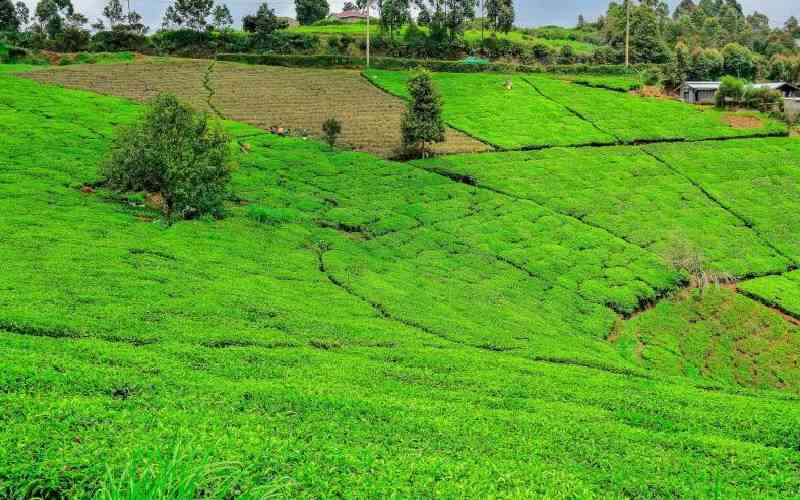
Every forest has that tree that has seen it all: The sunrises, the sunsets, the storms, the floods, the driest of times and the good cool moments. Such a tree at home keeps some family secrets, as under its shade decisions have been made, disputes solved, games played and good moments shared in daylight and under the moonlight. They stand as permanent features, their roots running deeper as their trunks grow taller.
Sometimes the fall of such trees is unimaginable, be it by axe or nature. But fall they do, when they yield to time, sometimes in our lifetime, when they have also outlived generations that came before us. Such trees do not fall because they are weak, but because it is time. Yet the forest remains silent, to restrategise.
In Kenya, some trees are beyond biological beings, sometimes having spiritual, and symbolic significance. For communities from around Mt Kenya, for instance, the mugumo (fig) tree is sacred. Its sudden fall is interrogated, sometimes with the help of elders, as it may signal the end of one era and beginning of another.
In “Facing Mount Kenya”, Jomo Kenyatta describes the functions of a mugumo tree, including offering a site of prayer and sacrifice, which then gives it a spiritual significance, sometimes helping people connect with their origins or deity.
Once in 2020, a mugumo tree, said to have lived for 100 years, fell in Nairobi’s Westlands, capturing the attention of mass media. Some people considered the fall as a message from the spiritual world, which could have been something as simple as “reflect”, “renew”, or “replant”.
But, does a tree completely die when it falls? Not in the language of nature. In their silence, fallen trees gain their respect for the storms they helped weather. Meanwhile, they inspire the start of a new life, or a renewal. Scientists describe fallen giant trees as “nurse logs”, or mothers of new life. According to a Smithsonian Tropical Research Institute and the University of British Columbia study, fallen trees can become nurseries.
A 2018 study dubbed “Forest Ecology and Management” shows that decaying logs can sustain up to 40 per cent more biodiversity than living trees. They hold water, rot and feed the soil, besides storing carbon. New shoots rise from the roots of fallen trees and proudly bear the original spirit. Sometimes fallen trees become bridges, which animals, and humans, use to cross streams. They are homes for tiny creatures that did not enjoy such comfort when the tree stood.
When a great tree falls, it creates space in the canopy for light to reach what once lay in its shadows, enabling young seedlings to grow faster, albeit on their own. A rotting trunk can be a home to insects, birds, and other organisms before finally transforming into fertile soil. Ecologist Suzanne Simard says that “forests are social systems; the old trees feed the young, even as they die.” All is not lost.
When a great tree falls, the forest, including the plants that clutched or held tightly to it, and depended on it to see the sun up high, continues to thrive. It is an opportunity to breathe, rethink, and rebuild. When a great tree falls naturally, it is usually fulfilling its purpose, because for there to be life, something must yield.
When a mugumo tree falls, we are reminded to bow our heads, touch the earth, and whisper gratitude in appreciation if what stood, what lies down, and what will rise again. Nature has proven that strength is not the absence of trouble - or a fall. And, death is not destruction; it is transformation.
The writer is a Contributing Editor at Mongabay.







